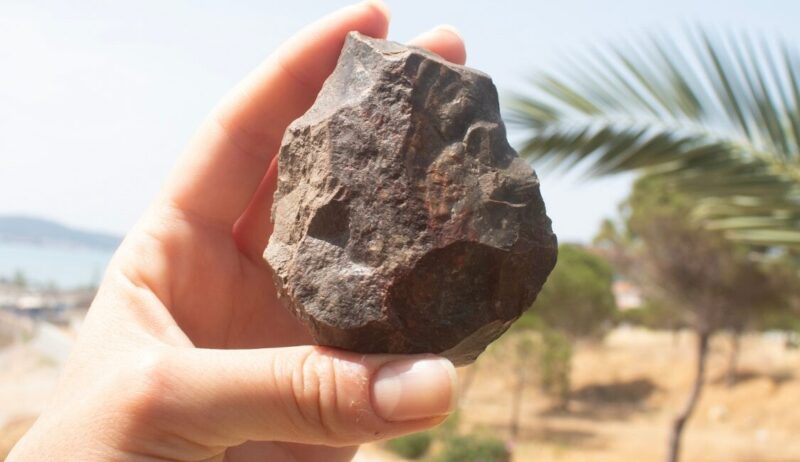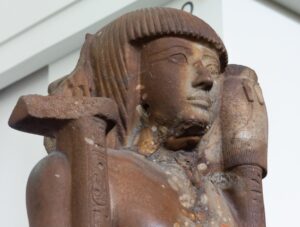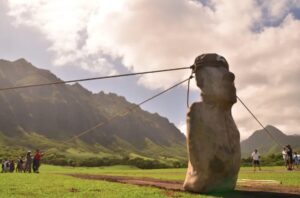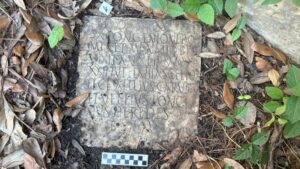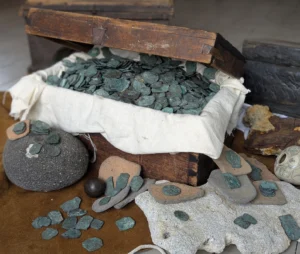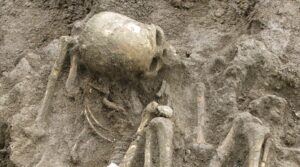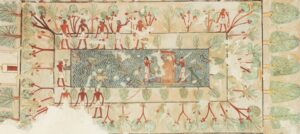Scientists in Turkey have found a new route that ancient people used to spread north from the Middle East. Lying between western Anatolia and southeastern Europe, a now-submerged land bridge may have been a crucial migration route for both Homo sapiens and Neanderthals.
Until now, researchers believed that humans entered Europe mainly overland through the Balkans or the Levant — what is now the Israel/Jordan/Syria region.
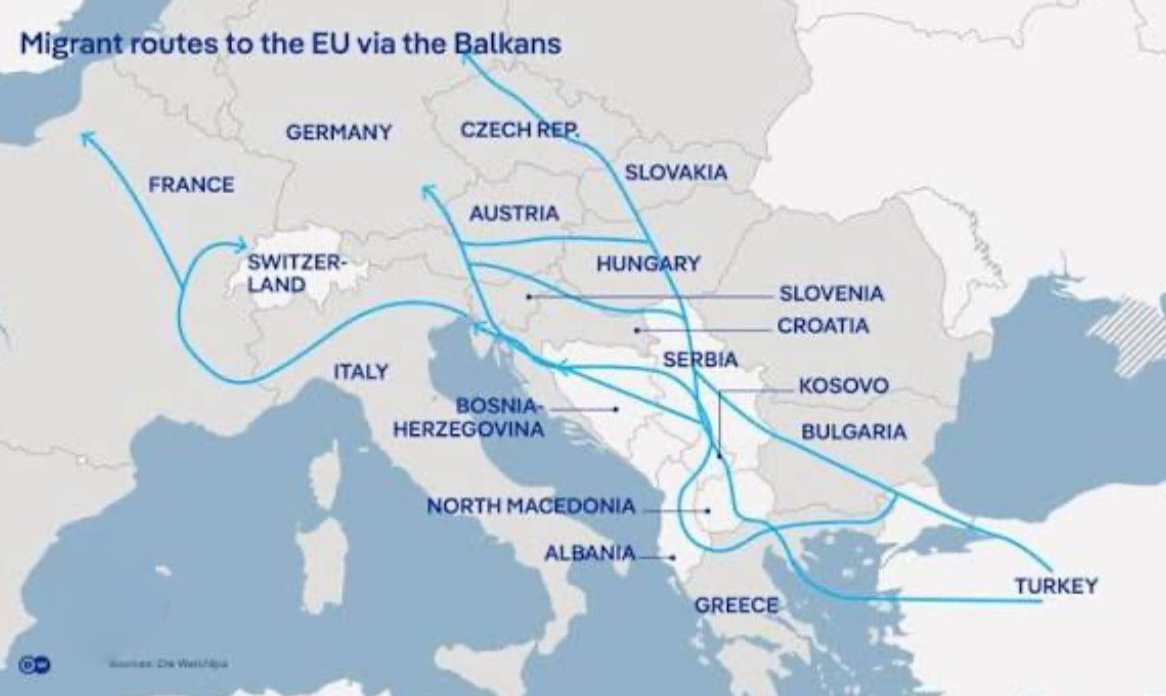
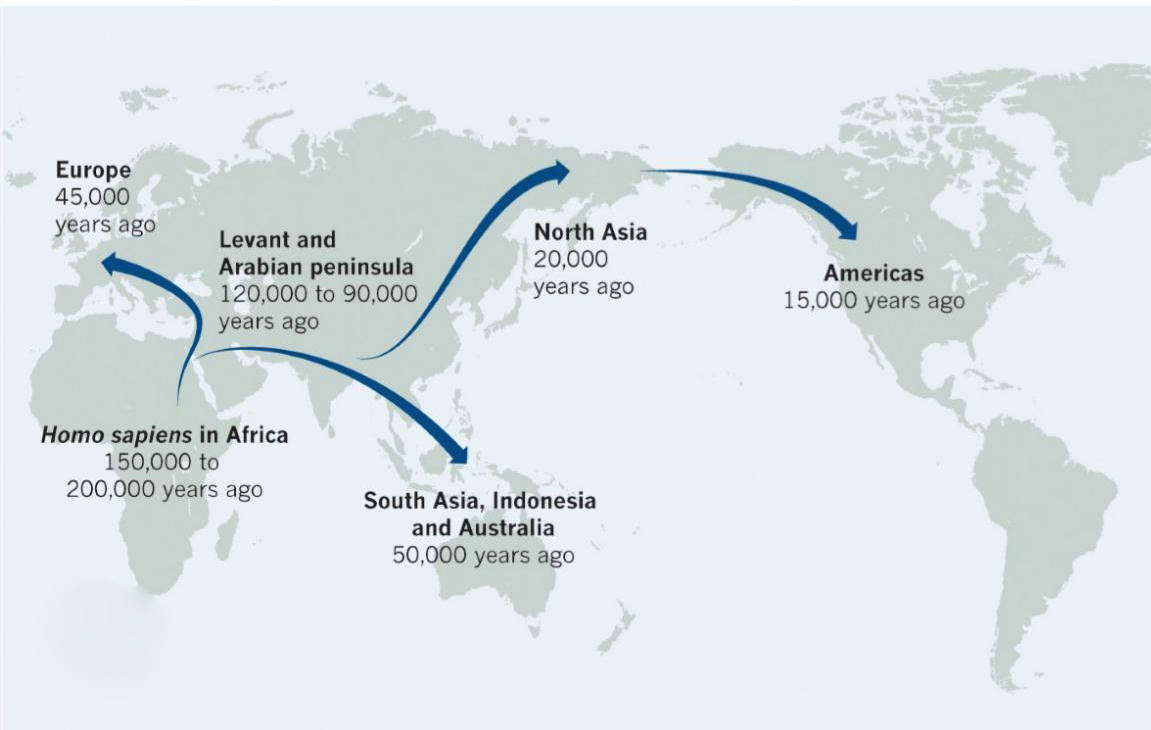
The Balkans route, top, and the Levant route, bottom. Maps: Top, InfoMigrants. Bottom: Nature
This new find suggests an alternative route. Archaeologists working with Turkish universities have discovered 138 stone tools at 10 sites off the coast of Ayvalık in northwestern Turkey, suggesting early peoples walked across a land bridge spanning the shallow Aegean Sea to Greece.
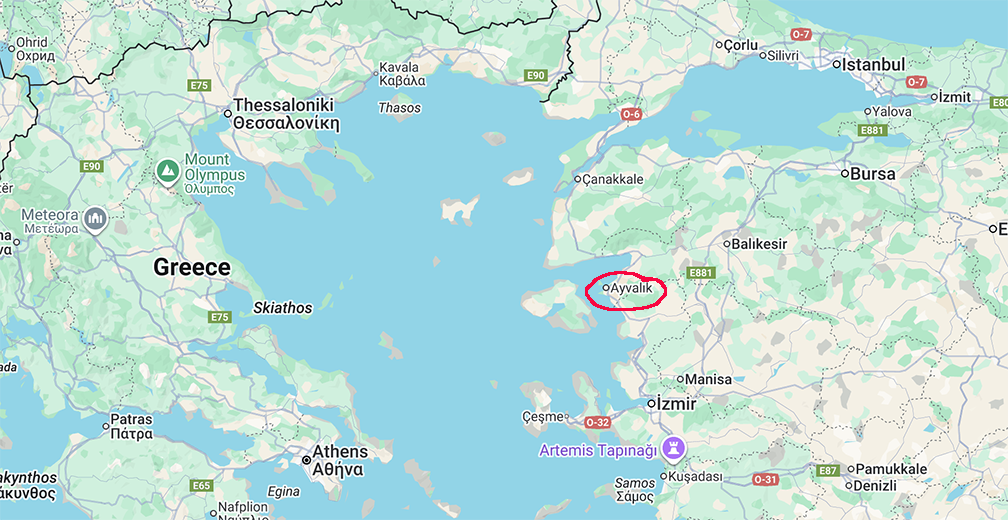
From Ayvalık, ancient people could have walked to Greece.
A vital bridge for human migration
“These findings mark Ayvalık as a potential new frontier in the story of human evolution,” said study co-author Goknur Karahan. “This now-idyllic region once offered a vital land bridge for human movement during the Pleistocene era, when sea levels dropped and the submerged landscape was briefly exposed.”
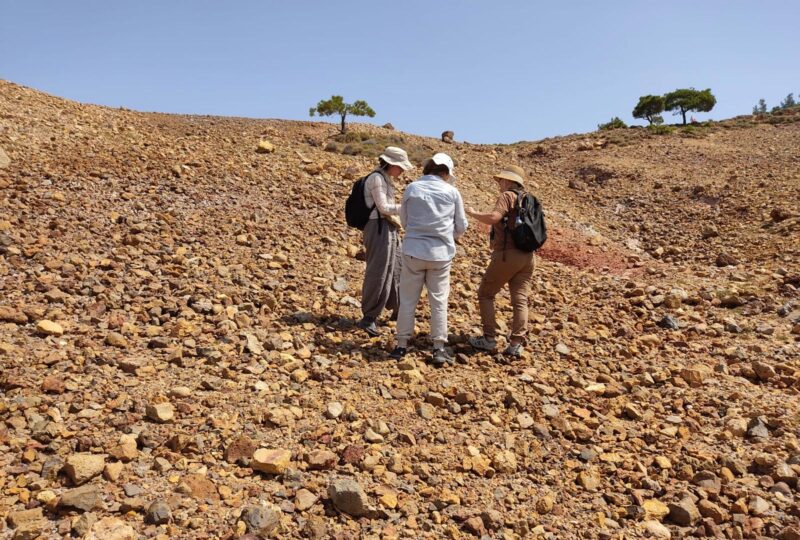
From left to right, Goknur, Ozcelik, and fellow researcher Hande Bulut during the survey. Photo: Hande Bulut, Goknur Karahan, Kadriye Ozcelik
During the Pleistocene era, the Earth was in the midst of the last Ice Age. Vast amounts of water were locked in glaciers, lowering global sea levels. This newly dry land would have turned the islands and peninsulas of today’s Ayvalık into an unbroken stretch of land linking the two continents.
The North Aegean coastline is geologically active, and artifact preservation rare. Even so, the team uncovered tools showing clear signs of the Levallois technique, a Paleolithic tool-making method. They also found hand axes and cleavers that are typical of early human cultures across Africa, Asia, and Europe.
“The presence of these objects in Ayvalık… provides direct evidence that the region was part of wider technological traditions shared across continents,” said Karahan.
The discovery suggests that ancient humans weren’t just walking along the land bridge. They likely lived or stayed in the area for extended periods. This possible new route into Europe could reshape our understanding of early migration.
